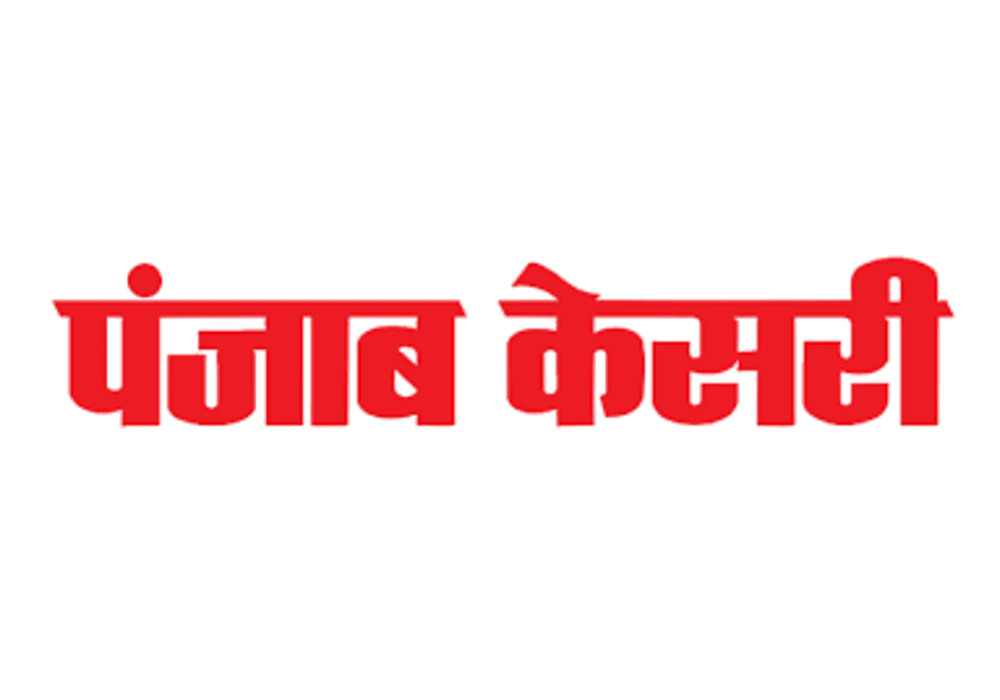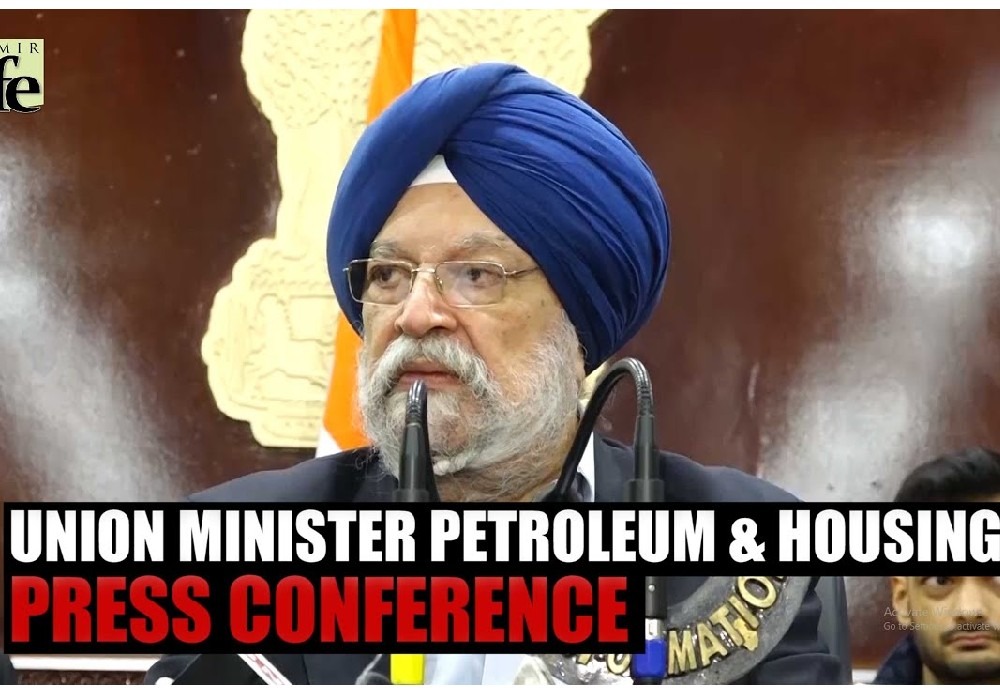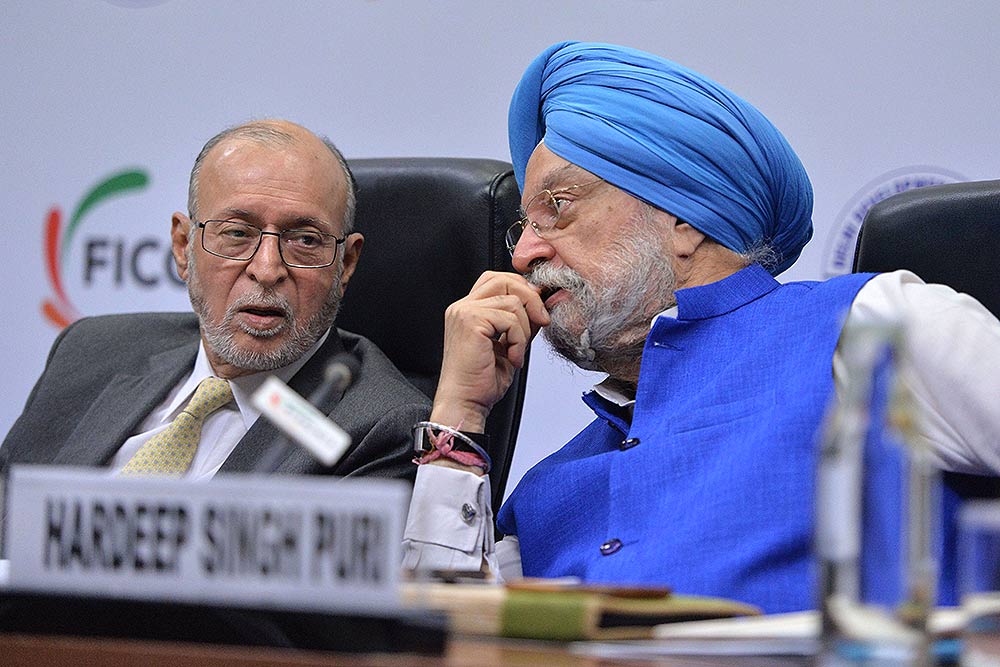Puri defies economists, says Delhi metro woes not due to fares
Jasmine Shah |
November 29, 2017
DMRC and Union minister for urban development Hardeep Singh Puri are right that the daily ridership of Delhi metro hasn’t declined by 3 lakhs due to fare hike. It has declined by 4.8 lakhs.
Economists are frequent targets of ridicule by politicians for failing to predict crises or having vastly differing opinions of major economic events (e.g. demonetisation). But all economists agree on one fundamental tenet — demand reduces as prices increase. At the moment, the only politician in India ridiculing even this is the Union minister for urban development, Hardeep Singh Puri.
In his defense of the 100% fare hike in Delhi metro over the past 6 months, Mr Puri categorically states that “Drop in metro ridership can’t be linked to fare hike”. His statement followed ridership figures recently released by DMRC that revealed that daily ridership of Delhi metro has dropped by 3 lakhs between September and October 2017, and currently stands at 24.2 lakhs. In his defense, Mr Puri reiterated the DMRC’s stance that metro ridership figures aren’t comparable month-to-month since there are seasonal variations.
Mr Puri and DMRC are partially correct. The above calculation of drop in ridership is too simplistic and doesn’t account for two important factors. First, metro ridership patterns aren’t exactly comparable from one month to the next since seasonal and weather fluctuations affect travel demand (e.g. college admissions, summer temperatures etc.). A better way therefore to calculate the change in ridership of Delhi Metro in October 2017 is to compare it with the daily ridership of October 2016, which is 27.2 lakhs.
A second factor which seems to be getting entirely ignored in the din, is that average mass transit ridership sees a predictable year-on-year rise in demand due to factors such as increase in economic activity, wages, population etc. In the case of Delhi metro, there was a 6.6% increase in the average daily ridership from 2015-16 to 2016-17 even though the fares and total network length of DMRC remained the same. By this yardstick, if the fares of DMRC hadn’t increased in 2017, the expected daily ridership figure for October 2017 would have surged to 29 lakhs.
The cumulative decline in daily ridership therefore between October 2016 and October 2017 is 29 lakhs to 24.2 lakhs, a difference of 4.8 lakhs or a 17% decline. By any measure, this is a shocking decline and calls into question the entire operational model of DMRC
I have argued earlier that the chief cause behind this drastic drop in ridership of Delhi Metro is unaffordability, and how the recent fare hike has made it perhaps the most unaffordable metro rail system in the world. Metro rail authorities of most global cities work closely with economists to model the sensitivity of fare changes on travel demand, and determine the impact of any fare change on different profiles of commuters. It is such scientific analyses that informs decisions of fare changes.
In comparison, Delhi Metro has the unique distinction of determining all its pricing decisions by a Fare Fixation Committee (FFC) comprised of a retired high court judge and two bureaucrats. Their decision, deemed binding and unquestionable, seems entirely motivated by the objective of balancing the costs with revenues from fare collections. There is no accounting done for any potential drop in ridership from increased fares or for the multiplier effects of increased mass transit ridership on the economy and environment, and therefore a case for partially subsidising operational costs.
FFC’s approach is a veritable trap since with each such hike in metro fares, the demand is going to decline further which means there will be a smaller base to recover the increasing costs of running the metro, and justifying higher fare hikes the next time around. The reverse is true as well, as illustrated by the turnaround story of DMRC’s own Airport metro line, which saw its daily ridership increase by 400% between 2013 and 2016 after it reduced peak fares by 70%.
This tragic episode of Delhi metro’s steep fare hike and plunging ridership raises another important question. While the DMRC and the Union Ministry of Urban Development have staked claim as custodians of financial sustainability of Delhi Metro, who is the custodian for ensuring increased ridership? Forget that, does DMRC even have a target any more for increasing ridership every month or year? Delhi metro has so far failed to meet any of its planned daily ridership targets for Phase I and II and the Phase III target of 39 lakhs seems quite distant.
The objective of any mass transit system first and foremost has to be increasing ridership. For a city like Delhi which is in the midst of an environmental crisis, increasing ridership is also a moral obligation of all authorities concerned. The financial model of the DMRC needs radical rethinking so that ridership is prioritised above everything else, and then strategies evolved to break-even the operating costs. Economists may well need to introspect on the flaws of their profession, but as far as the impact of metro fare hike on ridership numbers is concerned, it is certain that it is economists who will have the last laugh.

देश में एक करोड़ यात्री प्रतिदिन कर रहे हैं मेट्रो की सवारी: पुरी ..

Union Minister for Petroleum and Natural Gas and Housing and Urban Affairs, Hardeep Singh Puri addressing a press conference in ..

Joint Press Conference by Shri Hardeep Singh Puri & Dr Sudhanshu Trivedi at BJP HQ| LIVE | ISM MEDIA ..
(3).jpg)
"I wish a speedy recovery to former Prime Minister Dr Manmohan Singh Ji. God grant him good health," Puri wrote. ..